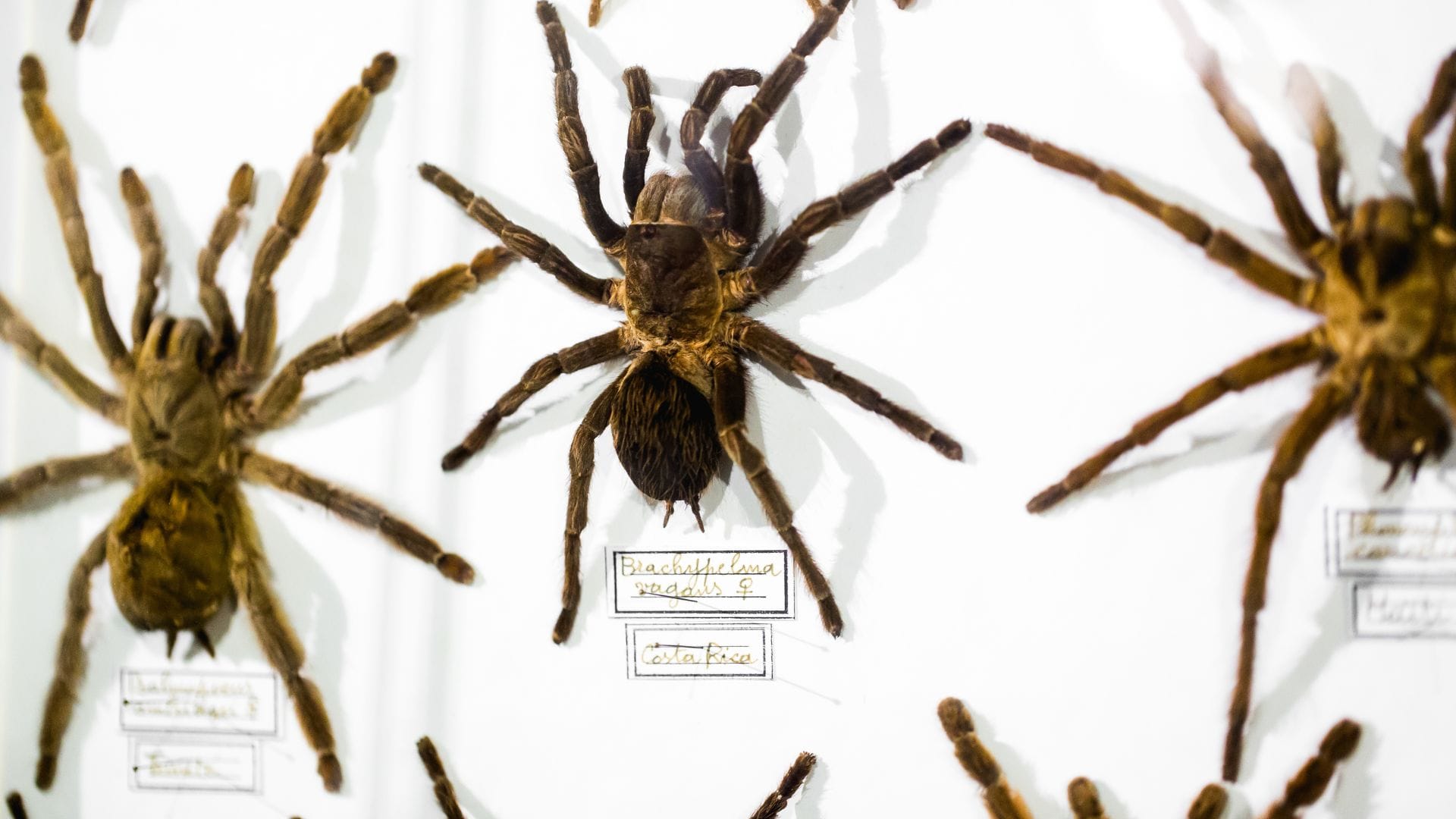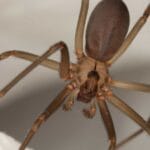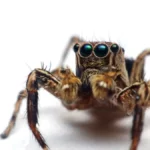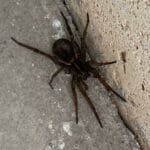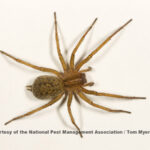While California boasts a diverse spider population, only a few species pose significant risks to humans. This comprehensive guide provides essential information for identifying venomous spiders, understanding their venom, and taking necessary precautions to stay safe.
Venomous Species: Separating Fact from Fiction
It’s important to distinguish between “poisonous” and “venomous.” Poisonous creatures release toxins upon contact or ingestion, while venomous creatures inject toxins through bites or stings. Therefore, California is home to venomous spiders, not poisonous ones.
Widow Spiders: The Most Venomous Residents
California is home to two main types of medically significant venomous spiders: widows (Latrodectus) and recluses (Loxosceles). Of these, widow spiders are considered the most dangerous.
Western Black Widow (Latrodectus Hesperus): Instantly recognizable by their shiny black bodies and the iconic red hourglass shape on the underside of their abdomens, female black widows are responsible for most venomous spider bites in California. They prefer dark, undisturbed areas like woodpiles, sheds, and garages.
Brown Widow (Latrodectus Geometricus): Similar in appearance to black widows, brown widows are tan to brown with a fainter orange hourglass marking. While their venom is less potent than that of black widows, it can still cause significant pain and swelling. They are often found in similar habitats as black widows.
Recluse Spiders: Debunking the Myths
Brown recluse spiders, often feared for their necrotic bites, are not native to California and are extremely rare in the state. However, two other recluse species do inhabit certain areas:
Desert Recluse (Loxosceles Deserta): Found primarily in the desert regions of Southern California, desert recluses are light brown with a distinct violin-shaped marking on their cephalothorax.
Chilean Recluse (Loxosceles Laeta): Less common than the desert recluse, the Chilean recluse prefers urban environments and is larger than its desert-dwelling counterpart. It has a darker brown coloration.
Yellow Sac Spiders: A Painful but Less Serious Bite
While not as medically significant as widows or recluses, yellow sac spiders can deliver a painful bite.
- Yellow Sac Spider (Cheiracanthium inclusum): Pale yellow to greenish-yellow with dark brown feet and fangs, yellow sac spiders are often found in gardens and may wander indoors. Their bites can cause localized pain, redness, and swelling, often mistaken for brown recluse bites.
Venom and Bite Symptoms: What to Expect
Understanding the effects of venom from different spider species is crucial for seeking appropriate medical attention.
Widow Spider Venom: Primarily neurotoxic, affecting the nervous system. Symptoms may include intense pain, muscle cramps, sweating, nausea, difficulty breathing, and abdominal rigidity.
Recluse Spider Venom: Primarily cytotoxic, damaging tissues. Symptoms may include pain, swelling, redness, blistering, and potentially necrotic (dying) tissue around the bite area.
Yellow Sac Spider Venom: Mildly cytotoxic, causing localized reactions. Symptoms typically include pain, redness, and swelling at the bite site.
Preventing Spider Encounters: Simple Steps for Peace of Mind
While encountering a venomous spider can be concerning, simple precautions can significantly reduce the risk of bites:
Maintain Cleanliness: Spiders thrive in cluttered environments. Keep living spaces clean and clutter-free, especially storage areas like garages, sheds, and attics.
Protective Gear Outdoors: When working outdoors, particularly in areas where spiders may reside, wear gloves and long sleeves. Shake out gardening gloves, shoes, and clothing before putting them on.
Home Sealing: Seal cracks and crevices in your home’s foundation, around windows, and doors to prevent spiders from entering.
First Aid and Treatment: Acting Quickly and Safely
In the event of a spider bite, it’s essential to remain calm and take the following steps:
Cleanse the Bite: Wash the bite area thoroughly with soap and water.
Reduce Swelling: Apply a cold compress or ice pack to the bite area to reduce swelling.
Seek Medical Attention: For any suspected widow or recluse bite, or if symptoms worsen, seek medical attention immediately.
Antivenom is available for both widow and recluse bites but is typically reserved for severe cases. Prompt medical attention is crucial for ensuring the best possible outcome.
Are Tarantulas in California Poisonous?
Tarantulas in California are venomous, not poisonous. This means they inject venom through their fangs rather than releasing toxins through touch or ingestion. However, their venom is not considered medically significant to humans.
While a tarantula bite may be painful and cause localized swelling, it’s unlikely to cause serious health problems. Their venom is primarily designed to subdue their prey, which consists mainly of insects and small invertebrates.
Tarantulas are generally not aggressive and prefer to avoid contact with humans. If threatened, they may flick barbed hairs from their abdomens as a defense mechanism, which can irritate the skin.
Are Spiders a Problem in California?
With a diverse array of spider species, California is home to both beneficial and potentially harmful spiders. While most spiders play a vital role in controlling insect populations, it’s important to be aware of the few venomous species and take precautions to minimize the risk of bites.
By understanding the habits of venomous spiders, practicing prevention strategies, and knowing how to respond to bites, residents and visitors can coexist safely with these fascinating creatures. Remember, knowledge is key when it comes to staying safe around spiders in the Golden State. If you’re struggling to solve a crossword puzzle clue about a tiny monkey, you can learn more about the small monkey crossword clue. Additionally, if you’re interested in learning more about a sheep’s pluck, check out this article titled sheep’s pluck.
- Discover Trasa Robertson Cobern’s Mentors: Shaping Her Hurst Campaign - July 9, 2025
- Discover People Influenced by Trasa Cobern: A Legacy of Service - July 9, 2025
- Discover Trasa Cobern’s Nonprofit Impact: A Deep Dive - July 7, 2025
